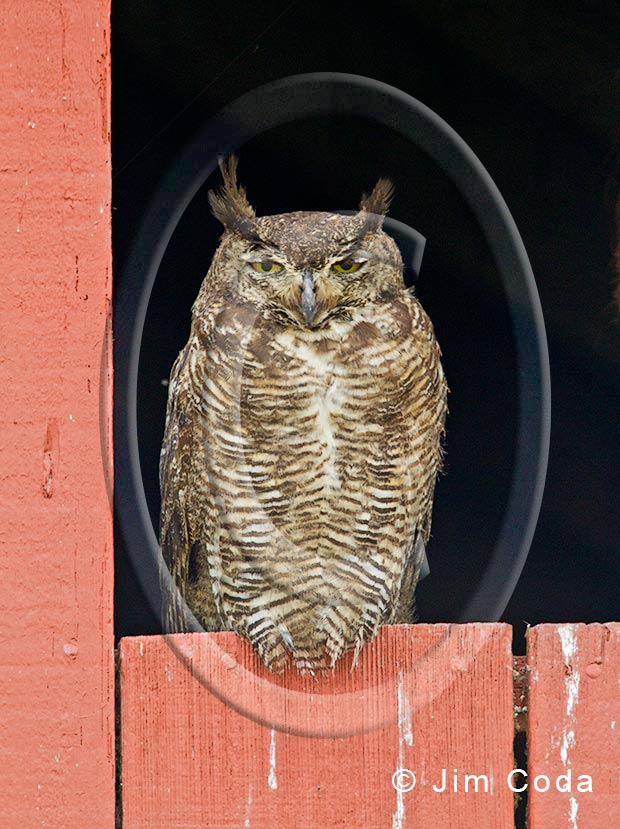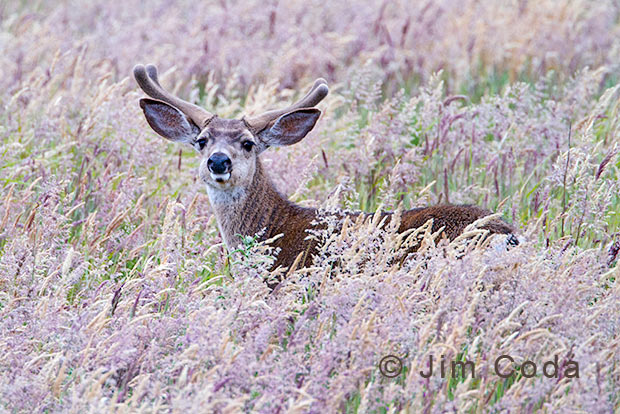Bull Tule Elk with Baling Twine Caught in Antlers

This 7-point bull is the largest I’ve seen so far this fall in that portion of the Limantour herd that uses the D Ranch near Drake’s Beach. About an hour after this photo was taken I saw him again and he was limping. I think he had been a in a fight. What I want to point out in this photo, however, is that he has some baling twine caught in his antlers. Here is a closer view of the baling twine.

Baling twine and baling wire, which are used to bale hay, cause many unnecessary injuries and deaths each year to wildlife. Animals manage to get their legs, talons and other body parts tangled in it. To read an article about its dangers click here. The next time this bull scrapes ground cover some of it will get caught in the twine and some of it may cover the animals face, including its eyes. Depending on its breaking strength, it may also tie the bull to a fence or a piece of vegetation that the bull can’t break or it may hold two bulls together when they try to break from a fight. Tensile strength is in the hundreds of pounds. Other species, such as ospreys, are attracted to it for nest-building material. There are reported cases of ospreys being killed when flying with a long piece of it dangling from their talons. The trailing piece gets caught in a tree limb as a bird flies over it and the bird dies either immediately or over a long time if it can’t free itself of the twine. If it makes it into the nest it can cause death there as well. To see what can happen at a nest site click here. It reminds me of monofilament fishing line which thoughtless fishermen discard. Monofilament is even used for some baling products. If you see discarded baling twine please collect it and dispose of it properly. Included in that is cutting it into small pieces so it doesn’t become dangerous again on the surface of a landfill.
Baling twine is now being manufactured that decomposes over time. While this is a step in the right direction, it doesn’t break down for over a year.






